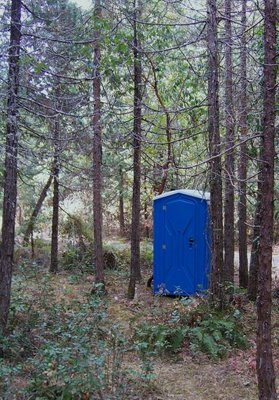SCOTTY POTTY

It occured to me today that I have more photos of toilets on this blog than people I know. I'm gonna blame that on the obvious rhymes and associations attributable to the name "Scott". IT'S NOT MY FAULT!!
--Brief Insight in the History of the Most Delicate Paper--
Some people are extremely confused to buy rolls of toilet paper - they try to cover them up underneath other things in a shopping cart, and do their best to hide the paper when they are taking it home. Other people are not confused at all and they proudly expose it at the rear window of a car. Drivers got such an opportunity because of German Hans Klenk, American Arthur {{{Scott}}}, British W.C. Alcock. These three men are considered to be the inventors of the toilet paper.
Hans Klenk was the first man who rolled long paper bands in Europe in 1928, but the American company Scott had already done the same thing in 1890. (YEAH BABY!) The American pulp and paper factory was too confused to print its name on such a taboo product at that time. British man W.C. Alcock invented an alternative to newspaper pieces in the 1880s - he was calling them paper rollers. Klenk did not have such doubts, and in 1928 he founded a special factory and called it Hakle – the first letters of his first and last names. In addition to it, he invented a rather efficient method to sell the toilet paper - "Ask for a roll of Hakle and then you don't have to mention toilet paper!" However, the toilet paper history does not start with Hans Hakle. Most likely, his invention is the highest achievement of the lengthy development. Ancient Greeks used stones and pieces of clay, whereas Ancient Rome toilets were outfitted with sponges that were kept in jugs filled with salty water. At the end of the XIV century, Chinese emperors started using pieces of paper for such a delicate purpose, and Europeans were widely using hay, straw, grass and old rags at that time. First American settlers decided that corn on the cob was just the right thing in a toilet. Later on, they started using old newspapers and magazines. The farmer newspaper Old Farmer's Almanac even had special holes to be hung in toilets. The toilet paper production was supposed to be cheap. The way out was found in America in 1889, and the company Scott launched the industrial production of the rolled toilet paper. That was the time, when American citizens finally stopped using newspapers. Europe was rather poor after WWI - there was neither the money, nor the motive for the production of the hygienic novelty. However, in 1928, despite the global economic crisis, Klenk opened a factory in Ludwigsburg to produce the toilet paper in Europe. Every paper roll consisted of a thousand pieces, separated from each other with perforation. The production of the toilet paper is a rather painstaking process. It is supposed to be very soft and well perforated. In addition to it, it is supposed to have very good decomposition qualities not to block up the canalization. Designer George Hemmerschtoffer was going to introduce the latest revolutionary novelty in the field of the toilet paper production. He planned to print commercial ads on the paper. Producers of detergents were rather interested in the idea, but other companies would not prefer to advertise themselves on toilet paper not to ruin their business reputation. The history of the toilet paper proves - shady things can bring very good reputation and very good money too.
































No comments:
Post a Comment